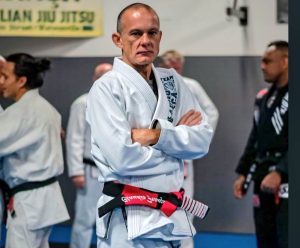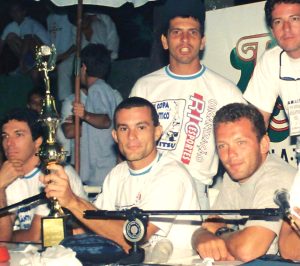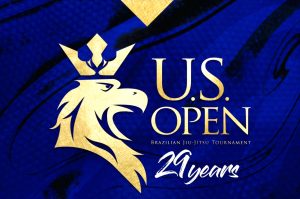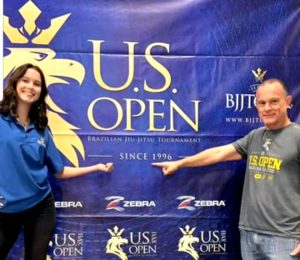In an insightful conversation with Professor Claudio França, the leader of BJJ Tour, which has organized the US Open for 29 years, we delve into the history of this pioneering event. A trailblazer in producing BJJ competitions in the United States, França reflects on the event’s journey, the valuable lessons he’s learned, and the exciting developments coming up for the November edition, set to take place at Independence High School in San Jose, California.
This year marks the 29th anniversary of the traditional US Open by BJJ Tour. What memories from this long journey stand out to you?
CLAUDIO FRANÇA: Absolutely, there are many memories! The first edition was very special, considering all the challenges at the time. Jiu-Jitsu was just starting out, and organizing an event for a sport that no one knew about was tough. It was the first BJJ championship in the United States; we were the first organization to hold events here. Over the years, it’s been amazing to see BJJ grow alongside the US Open in size and significance. Our first event had 150 competitors, with nearly all the American academies of that time participating. Now, we have around 1,500 competitors. Another memorable year was 2013, when we opened the competition to children aged 4 to 15. Until then, the US Open was only for adults, mainly because BJJ hadn’t yet gained popularity among kids.
What highlights can we expect for this year’s edition, scheduled for November 16-17?
This year, we’re gearing up for an event with 2,000 competitors. We have new sponsors who will help elevate the level of BJJ. We’ll be live-streaming the event, showcasing the top matches, and, of course, featuring the competition among academies for the prestigious title of champion of the 29th US Open. The black belt division will also be a standout moment. Saturday, the first day of competition, will be dedicated solely to children. We’re looking at a fantastic event with nearly 1,000 kids competing; they are the future of our sport.
Can you share some lessons you’ve learned over these 29 years leading the US Open?
I’ve learned a lot about organizing events over these three decades in the U.S., but it all started back in 1989 with the Copa Atântico Sul, in Rio de Janeiro. I learned how to engage with instructors and competitors, how to attract sponsors and investors, and especially about the logistics of organizing an event—remembering that our first US Open was done without a single computer. Today, that would be unimaginable. A significant step was introducing online registration. Before, registrations were sent by mail or people would come in person to sign up, which was quite complicated. That was a game changer!
Who are some of the standout fighters who have impressed you in the combat areas of the US Open?
We’ve had many; it’s hard to name just a few because there have been so many amazing matches! I remember big names like BJ Penn, Nick Diaz, Kron Gracie… All these stars competing as blue belts, taking their first steps toward stardom at the US Open back in the ’90s. We also had renowned black belts like Fabrício Werdum, Corleta, Carlos Machado, Tarsis, Tanquinho, Formiga, Queixinho, and many others from different generations competing on the mats of the US Open.
Looking ahead, where do you see the event in ten years? What are the main challenges and goals moving forward?
Our future plans are ambitious. We want to attract sponsors from outside the BJJ market, such as Apple, Toyota, Bank of America, etc. We’re aiming for big brands and investors who can take the sport to a professional level, with significant prize money for athletes and academies. We’re also working to bring in mainstream media, like ESPN and FOX, not just outlets focused on fights.
Over the past few years, we’ve noticed your daughter has been actively involved in organizing and promoting the event. That’s fantastic! Can you talk a bit about your family’s involvement in BJJ Tour tournaments? Is this a perfect example of the motto “Jiu-Jitsu is family”?
BJJ and family have always gone hand in hand. My children, Tylor and Mariana, started in BJJ practically from the day they were born. They’ve continued training as they grew up, living the life of my academies and competitions. They grew up competing in events and over time began helping me organize the show. They’ve worked in every position we have for the event, starting with athlete check-ins, handing out shirts, scorekeeping, and then mat coordinating, etc. They know all the logistics of the events, and now at 22 and 19, they are essential to our organization. It’s a great pride and pleasure for me to work with them—two very smart and motivated young people who are committed to taking BJJ to the next level, and I love them dearly.





